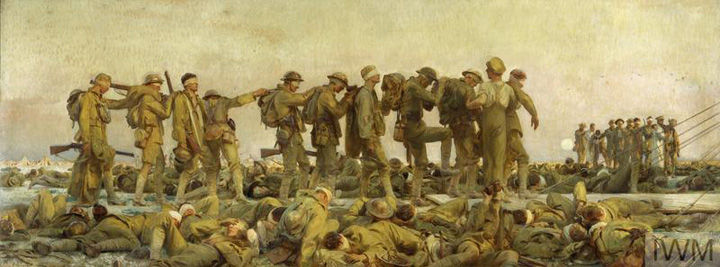TRUE DEFINITION OF SACRIFICE
Ancient societies used to make sacrifices as an atonement for their sins to appease the wrath of a divine being. Though, many of these ancient societies made sacrifices for selfish desires. Even worse, many of these societies sacrificed infants in hopes of gaining a fruitful harvest or to increase fertility rates. Unlike these pagan communities, the ancient Israelites only sacrificed animals knowing that God’s wrath would be exacted upon the animal rather than on the community. The Israelites were then made right with God until they sinned again and had to repeat the process. Eventually God Himself came down in the form of man, Jesus, and served as the perfect sacrifice in which grace was offered to everyone willing to put their faith in Him.
This ancient and ritualistic definition of sacrifice is instrumental in understanding its significance—why was there a need for sacrifice? Because there was an inescapable, bloody, and devastating alternative. In other words, God’s wrath was inescapable. For the ancient Israelites, the lamb played the role of the sacrifice. It was an acceptable atonement for the time being. By this law, priests would kill and burn an unblemished lamb rather than for their community to be killed and burned themselves. The aroma produced by the burning lamb was considered pleasing to God and the lamb then became a food offering to the Lord. A type of communal feasting in which God happily dined with the Israelites as a way of accepting them again despite their sins (Ex: 29:18; Lev 3:16).
Because of Christ, Christians are no longer in a cyclical relationship with God that requires them to make animal sacrifices for their own sins. However, all societies still live in a fallen world where there is hunger, famine, war, and death. So, while Christians may not have to incur God’s divine wrath, societies must still face the wrath of reality. Throughout history, mankind has had heroic individuals willing to sacrifice their own lives, taking on the role of the lamb themselves.
Today we continue to see those sacrifices being made through professions of public service. Men and women whose livelihood depend on the immediate safety of their fellow citizens. While there may be some people within these professions who are only interested in advancing their own personal interests, we must not be rash in generalizing selfish persons to all persons within the profession. These professions were created to protect communities as well as our country.
THE ULTIMATE SACRIFICE
A further distinction should be made between those who served and those who died serving. These are the brave firemen and policemen who rushed into the Twin Towers, climbed the crumbling stairs, and died under the rubble of burning cinders so that others could live. These are the steel-hearted soldiers who charged the beaches of Normandy, who marched forth into an array of flying bullets, were killed, yet saved a nation. These are the martyrs among Christians who traveled to other nations, were called insane for doing so, and were persecuted and killed for sharing the gospel. The fireman among firemen; the policeman among policemen; the soldier among troops; and the martyr among Christians. They paid the ultimate sacrifice for a cause beyond themselves. Men and women whose blood were marked with their own, whose spirits soared higher than the eagles, and whose love for mankind was greater than their love of self.
We must never forget these people who have gone and died before us. It is not enough to acknowledge their sacrifices on a single day. We must behave with gratitude by making the most of our own lives. The very lives that our heroes died to protect. While we may not be willing to live as martyrs; we can emulate their selflessness by being loving and charitable towards those in need whether in our community or in suffering nations. Only then, by an accumulation of good and righteous decisions, can we truly complete the sacrifices of those saintly men and women who have gone before us.
Image Credit:
John Singer Sargent (American, 1856–1925). Gassed, 1919. Oil on canvas, 23.1 x 61.1 cm. Imperial War Museum, London (Art.IWM ART 1460). Image © IWM
